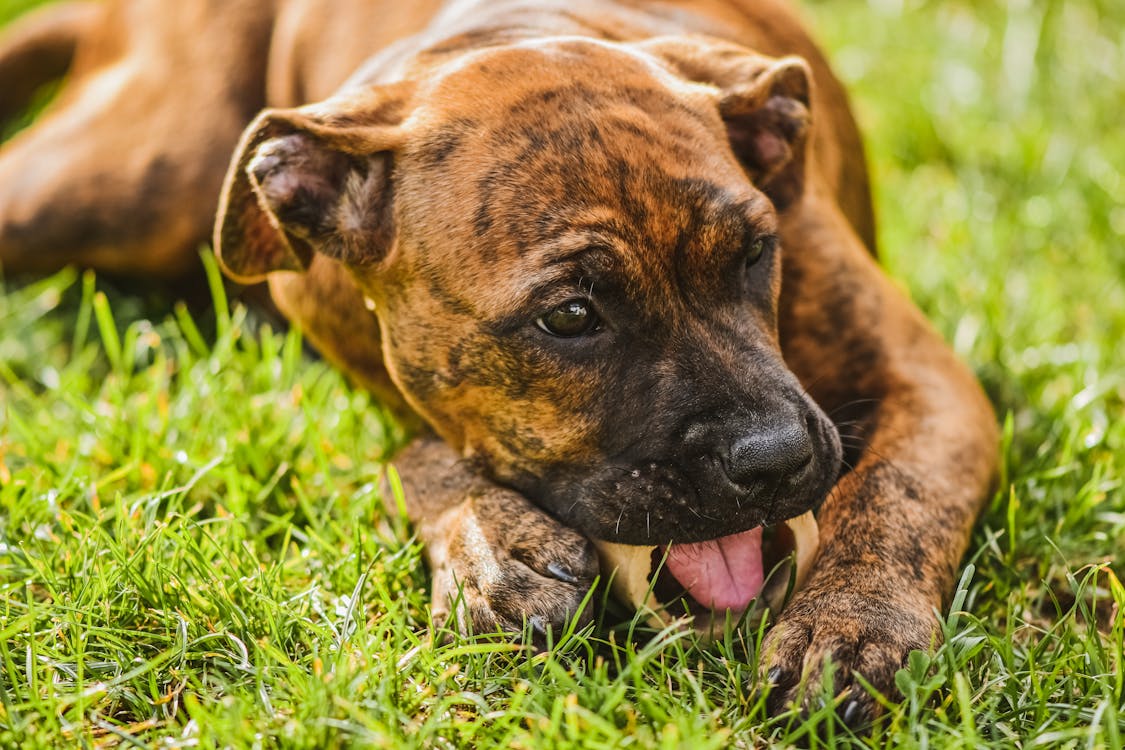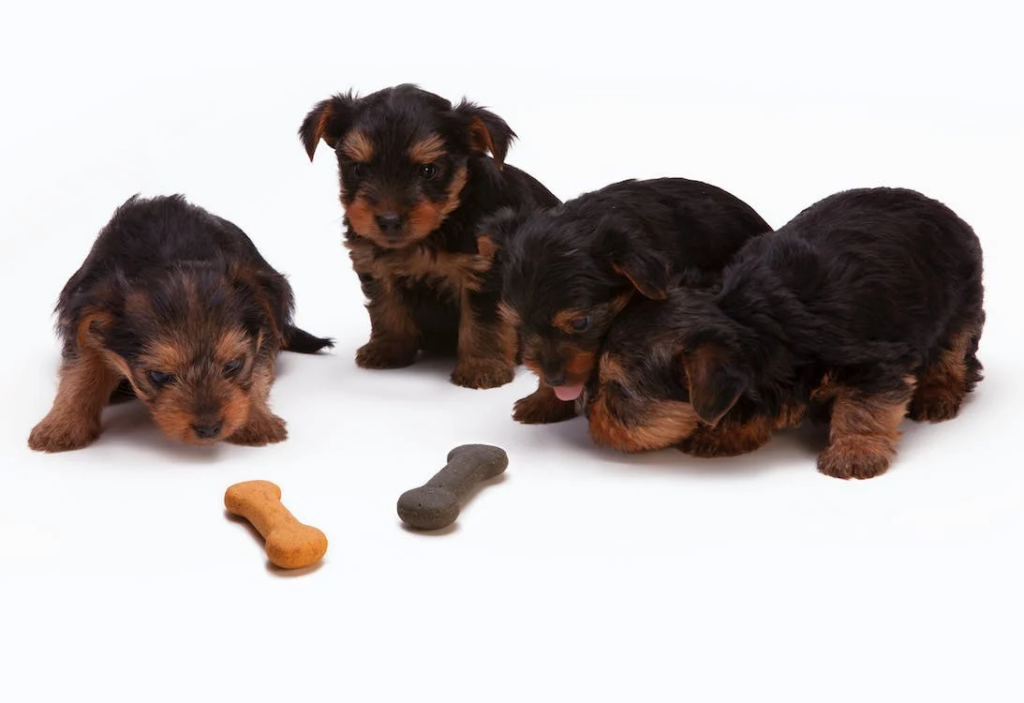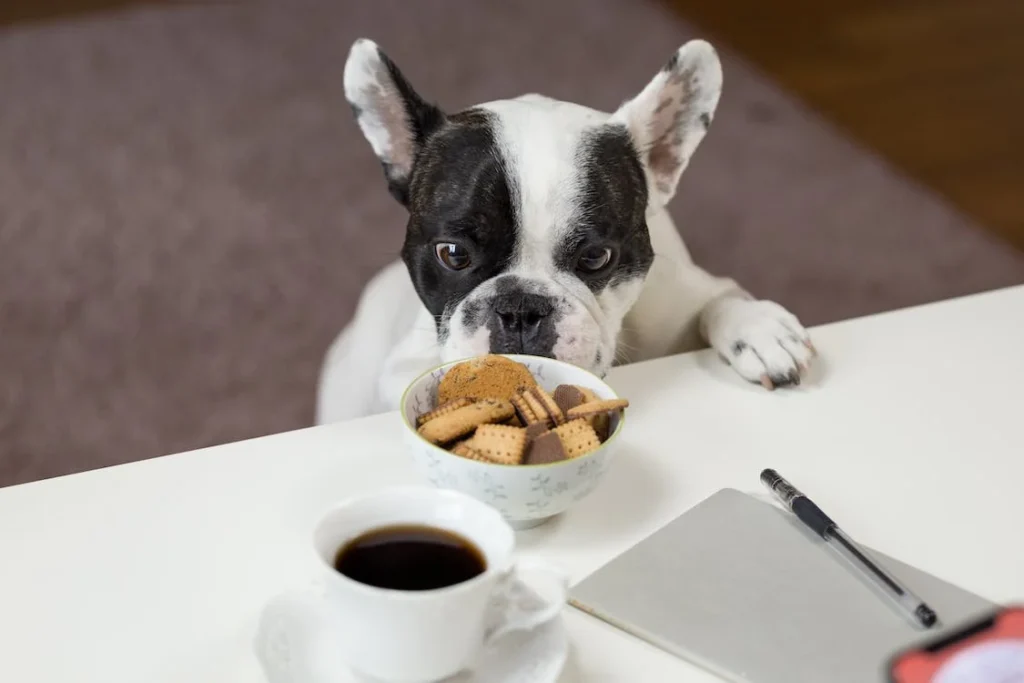Table of Contents
What on Earth are Food Puzzles for Dogs?
Imagine a Rubik’s Cube. Now, imagine that cube filled with delicious, tantalizing treats. That, pet parents, is a dog food puzzle, which is very, very, very different from regular food bowls. These ingenious devices turn mealtime into a brain-teasing, tail-wagging extravaganza. They’re like the canine equivalent of Sudoku, but with the added bonus of tasty rewards.
The Benefits of Food Puzzles: More Than Just Fun and Games
“But…” pet owners might ask, “why would I want to make my dog work for his dinner?” Excellent rhetorical question! Let us take a look at the why:
1. Mental Stimulation
In the wild, dogs spend a large portion of their day hunting for food. Domestication has made life easier for our four-legged friends, but it’s also stripped them of this natural source of mental exercise. Food puzzles help fill that void, challenging your dog’s intelligence in a fun and engaging way. Their rewards lie in wait as a few treats, wet food, or dry food inside!

2. Physical Exercise
Food puzzles aren’t just a workout for the brain—they’re a workout for the body too. Many designs require your dog to push, paw, or nudge the puzzle around to access the treats inside. It’s like CrossFit for canines, minus the expensive membership fees and plus the benefit of eating after each rep.
3. Slower Eating
Does your dog inhale his meals faster than a contestant on a reality TV eating competition? Slow feeders and food puzzles can help slow down those ravenous eaters, promoting healthier digestion and reducing the risk of choking and bloating.
Why Choose a Food Puzzle?
First, let’s address the elephant in the room – why should you even consider a food puzzle for your furry friend? Well, just like Sherlock Holmes needs a good mystery to solve, our canine companions crave mental stimulation.
A food puzzle is not just a toy, it’s a brain teaser that challenges your dog’s problem-solving skills. Plus, it’s a delightful diversion from their usual routine of sleep, eat, repeat.

The Great Variety Show: Types of Food Puzzles
Now that we’ve established the ‘why’, let’s delve into the ‘what’. The world of dog food puzzles is as diverse as a cast of characters in a Quentin Tarantino movie.
You have everything from simple treat-dispensing balls to intricate multi-level puzzles that would give Rubik’s Cubes a run for their money.
Treat-Dispensing Balls and Toys
These are the classic entry-level puzzles. The idea is simple – fill them up with treats or kibble, and your dog has to roll, toss, or chew the toy to get the goodies. Imagine Indiana Jones, but instead of outrunning a giant boulder, he’s chasing a ball filled with treats. No need for a dog trainer too!
Multi-Level Puzzles
For the canine geniuses out there, multi-level puzzles provide a higher level of mental stimulation. A puzzle feeder for dogs will look mostly just like cat puzzle toys or interactive cat toy examples. These puzzles often involve a series of steps that the dog must follow to get to the reward. It’s like a season finale of a gripping TV series, with twists and turns at every stage.
Interactive Toys
Interactive toys take things up a notch by adding moving parts or noise-making elements that engage your dog’s senses. Picture a game of pinball, but for dogs. Your furry friend will be the star player, and the high score comes in the form of tasty treats.

As a side note, you might want to consider something with non-slip rubber feet rest so you furry friend doesn’t accidentally slip!
The Shopping Saga: How to Choose the Perfect Puzzle
Choosing the right food puzzle for your dog is a bit like trying to find the perfect pair of jeans – it’s all about the right fit. Here are some factors to consider:
Your Dog’s Size and Breed
A Chihuahua and a Great Dane have very different needs when it comes to food puzzles. Make sure to choose a puzzle feeder type that matches your dog’s size and breed. A toy that’s too small could be a choking hazard for a large dog, while a toy that’s too big might be difficult for a small dog to handle.
Your Dog’s Eating Habits
Does your dog wolf down his meals like a contestant in a hot dog eating contest? If so, a food puzzle toy can help slow down his eating pace, which can prevent bloating and improve digestion.
Your Dog’s Personality
Just like humans, dogs have their own unique personalities. Some dogs might enjoy a challenging puzzle, while others might prefer something simpler. Consider your dog’s personality when choosing a puzzle. Remember, the goal is to make mealtime fun, not frustrating!

Conclusion: Let the Games Begin!
So there you have it, folks. Puzzle feeders – a simple, effective way to keep your furry friend entertained, challenged, and well-fed. Remember, a busy dog is a happy dog. And who knows, maybe Fido will become the next canine Einstein, all thanks to a little plastic puzzle filled with kibble. Doesn’t that paint a vivid picture?
Now, do you have a cat? Perhaps you can also try cat puzzle feeders! Your cat’s natural hunting instincts will surely benefit from them! They can help keep your cat busy if you need to do something. You’re also not tricking them at all because inside the interactive feeder lies cat treats they’re no doubt waiting for. But we’re sure not all cats will be up to the task! But it will definitely be a game, especially if you are a pet parent of multiple cats!

